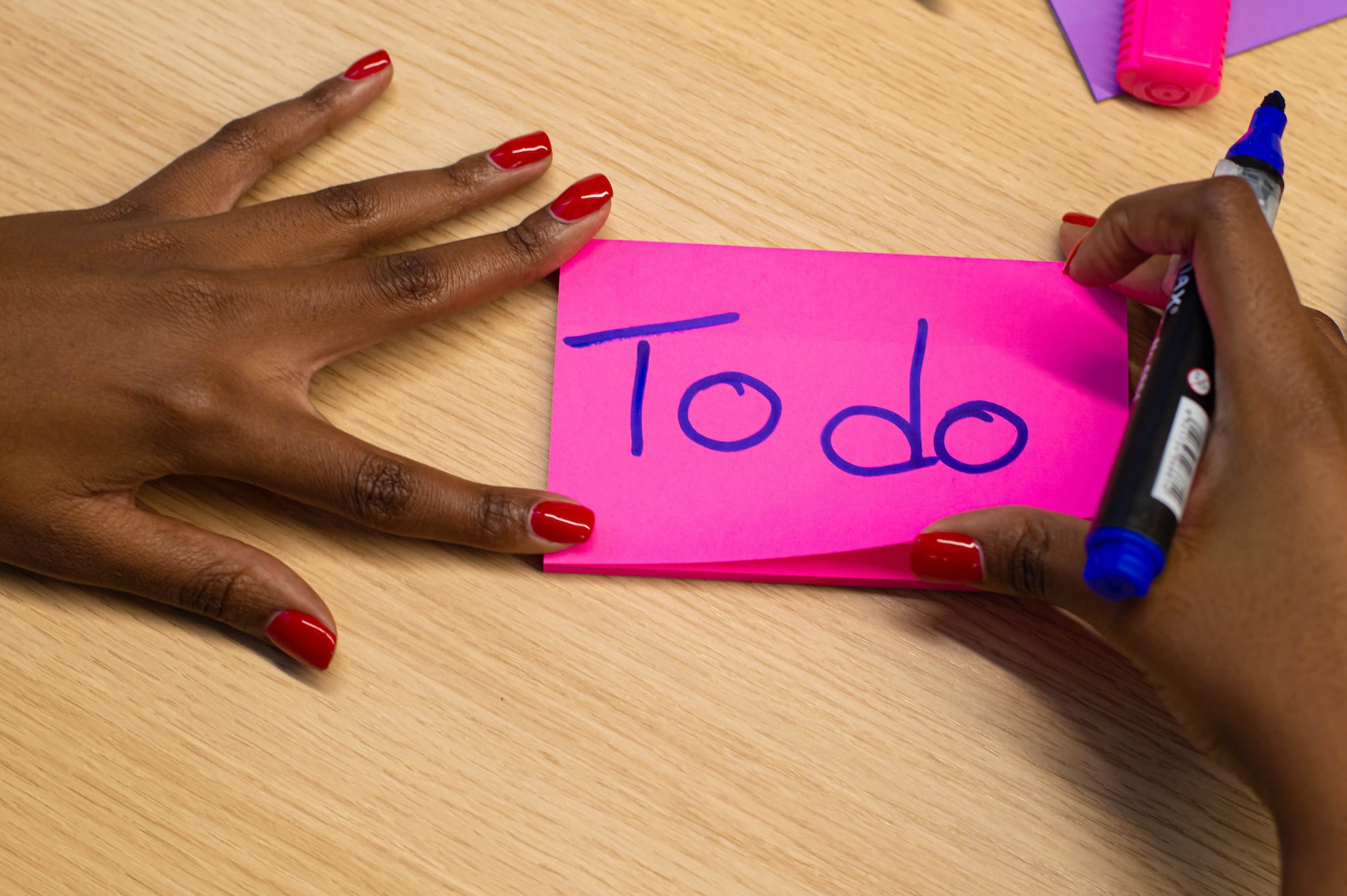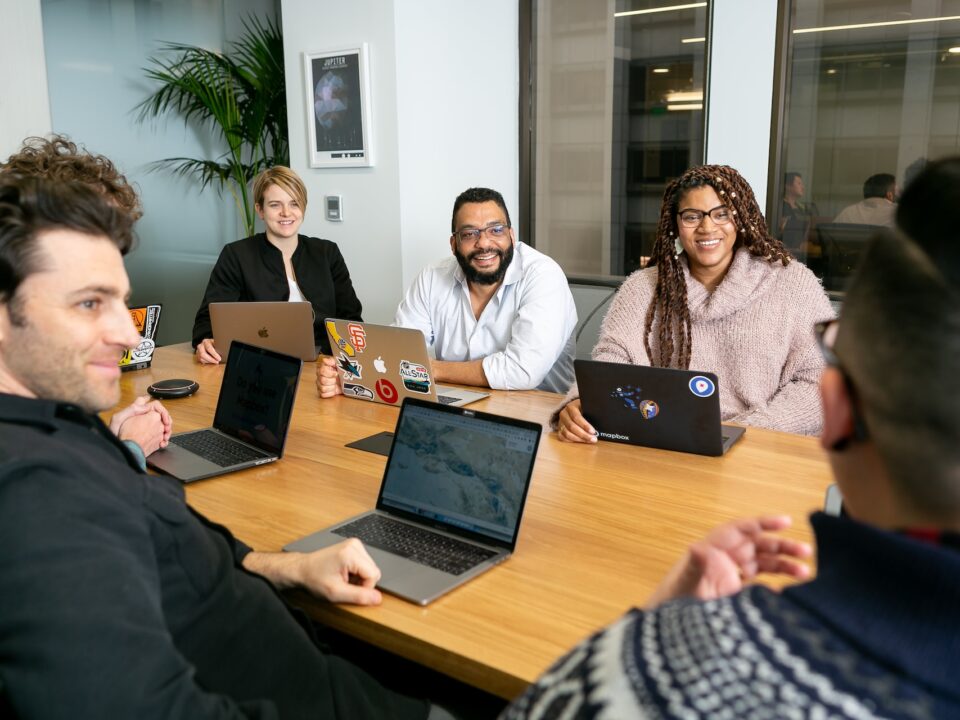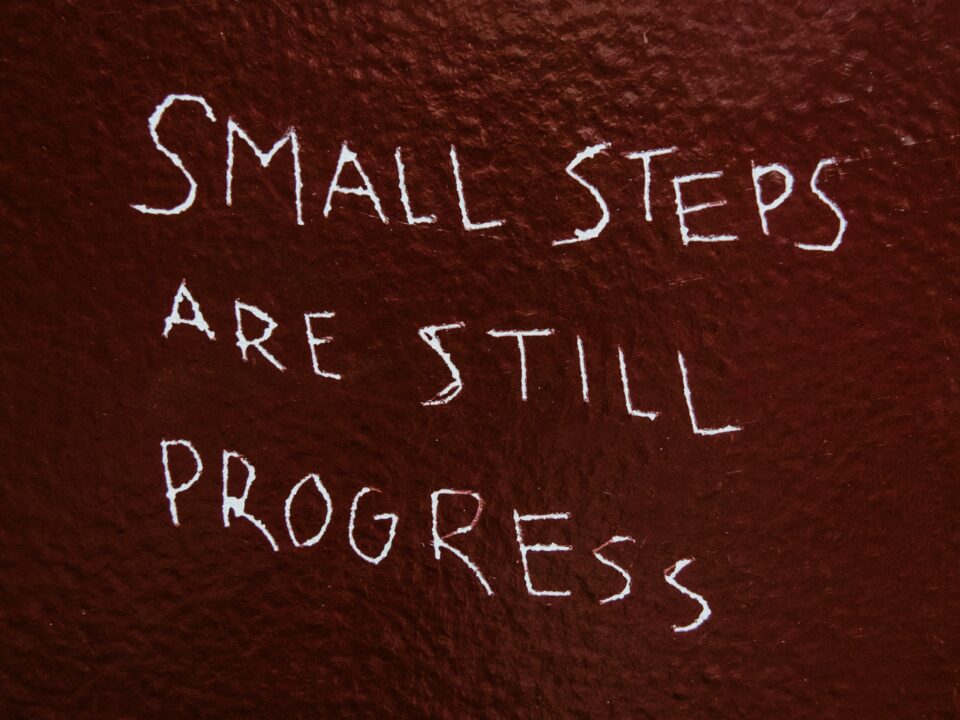
Prioritising your workload for personal effectiveness
March 2, 2023
How to stop procrastinating at work and get more done
May 3, 2023If you’ve ever been completely immersed in a task or felt ‘in the zone’, its likely you’ve experienced a flow state of mind. You might have found this happens when you’re learning something new, being creative such as writing of painting, or taking part in a sport.
Being able to harness a flow state of mind is an important productivity hack. Here’s what you need to know about it, so you can use it to your advantage.
What is flow state of mind?
Flow is a feeling of effortless focus and enjoyment and happens when your skill and challenge level are equal. When in a flow state, you’ll pay no attention to distractions and time seems to pass without any notice. The flow concept was first identified by Mihaly Csikszentmihalyi (1990) who said:
The best moments in our lives are not the passive, receptive, relaxing times . . . The best moments usually occur if a person’s body or mind is stretched to its limits in a voluntary effort to accomplish something difficult and worthwhile.
Getting into a flow state can increase your productivity, creativity, and overall satisfaction of the task at hand.
Want to know more about how to how to enter a flow state? Read on.
How to get into a flow state
1. Play to your strengths
Know what you’re good at. Make sure you play to your strengths and choose the right task. Flow will likely happen when you’re doing an activity that provides a challenge but is still within your abilities.
That said, sometimes embracing challenges and pushing yourself outside of your comfort zone can increase the likelihood of entering a flow state. This will help with motivation if you succeed in what you’re doing.
Setting clear goals can help too. Having a clear understanding of what you want to achieve will help you focus and stay motivated.
2. Get your environment right
Getting your environment right is crucial for entering a flow state. Many of us now work from home, and Covid saw many of us working from the kitchen table. I’m a big believer that if it looks like work and it feels like work, its work. To create a flow-conducive environment:
- Establish a routine. Set a start and finish time and get dressed for work. UK workers save 8 billion commuting hours working remotely but it’s worth creating your own mini commute in a morning, even if it just walking the dog around the block. This will get you in the mindset for work
- Choose the right location. Find a quiet, comfortable and well-lit space to work in to reduce distractions and increase your focus
- Organise your workspace. Clutter can be distracting, so make sure your work area has plenty of space
- Personalise your environment with things that make you feel calm and focused, like plants or photos of loved ones
3. Get rid of distractions
Some studies dating from the 1990s suggest that as human beings, we can only concentrate for around 90 minutes before needing a 15-minute break. In the modern workplace, its claimed that our attention spans are under attack from new technology, with UK adults checking their phone up to 80 times a day.
To get into a flow state we need to remove or reduce external distractions. This could be noise, interruptions and notifications, to keep focused on the task at hand. Turn off your phone, emails and social media.
4. Remove unhelpful emotions
Procrastination and lack of self-belief can hold you back from reaching a flow state. It’s important to have a positive mindset. Stay mindful and present in the moment, focusing on the task at hand and not getting distracted by thoughts of the past or future.
Knowing where you are on a task will help you plan and achieve key milestones. To maintain flow, focus on the process of the task rather than the end result.
Also taking short breaks and keeping hydrated can help you avoid burnout and maintain focus.
Final thoughts
Remember entering a flow state takes practice. It might take time to find the right task and circumstances for it to happen. But by following these tips, you can improve the likelihood of experiencing flow and reap its many benefits, such as increased productivity, creativity, and overall satisfaction.
Are you looking to increase your wellbeing, creativity, and productivity through flow? Cube Learning and Development delivers tailor-made training and development programmes for your teams along with personal coaching to help with effective communication and presentation. For a no-obligation chat about this and our other training, call Chris Burton on 07879 602002.
Featured image courtesy of – Unsplash – Mikey Harris




